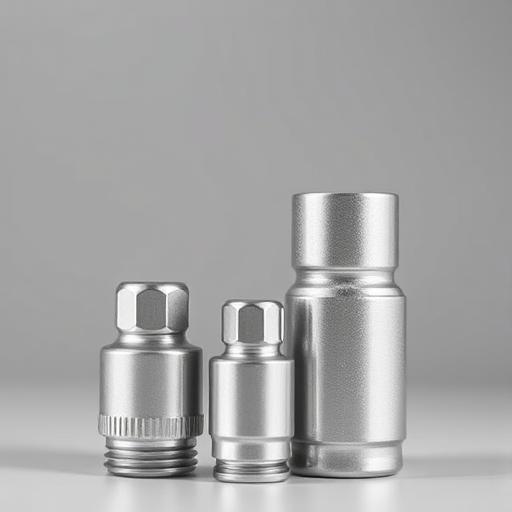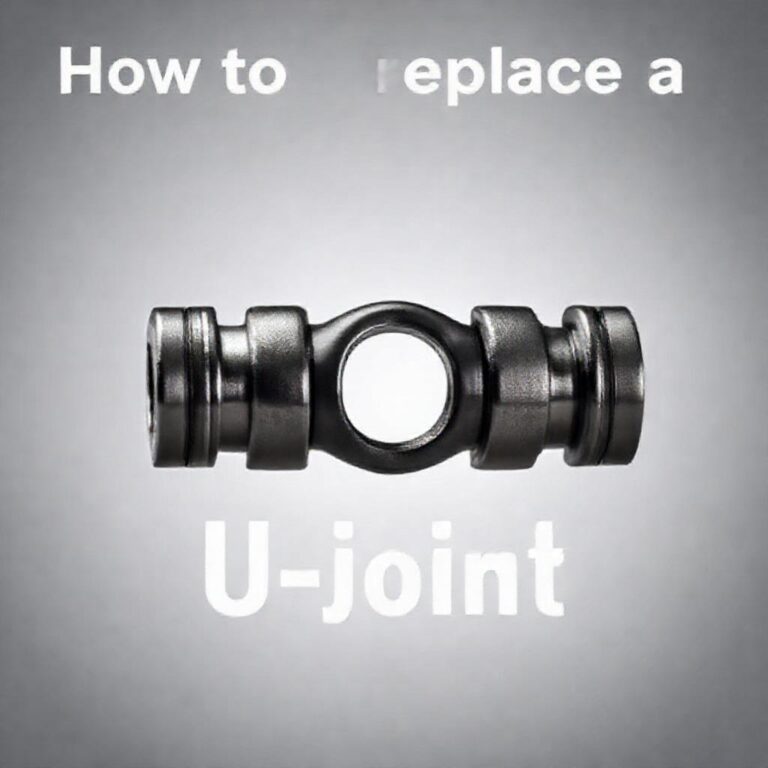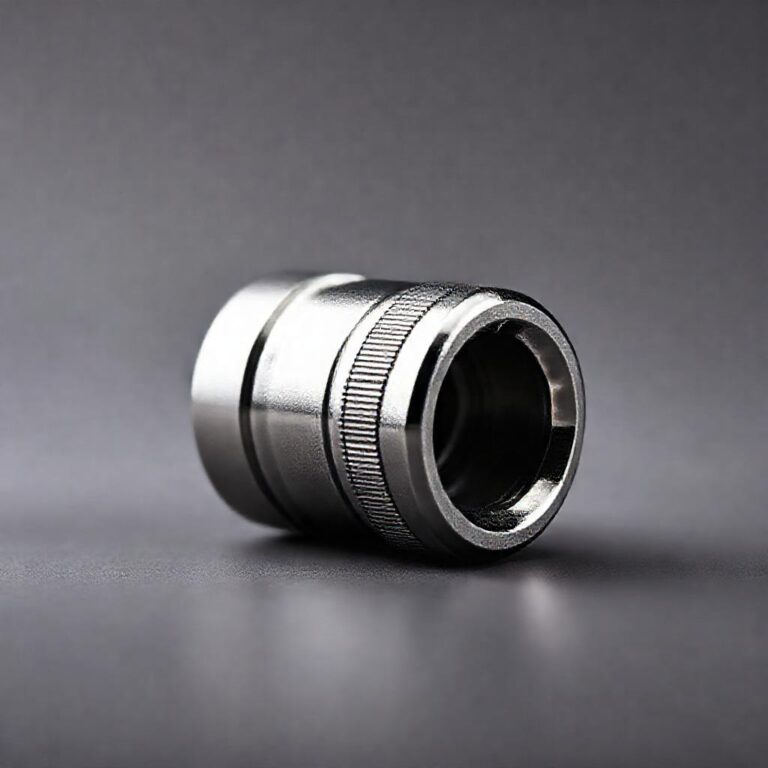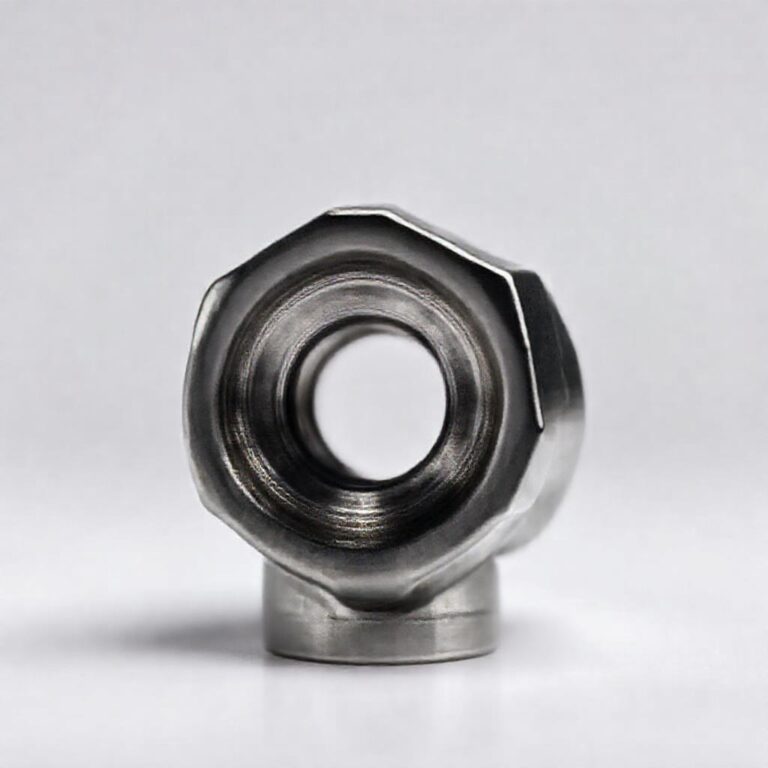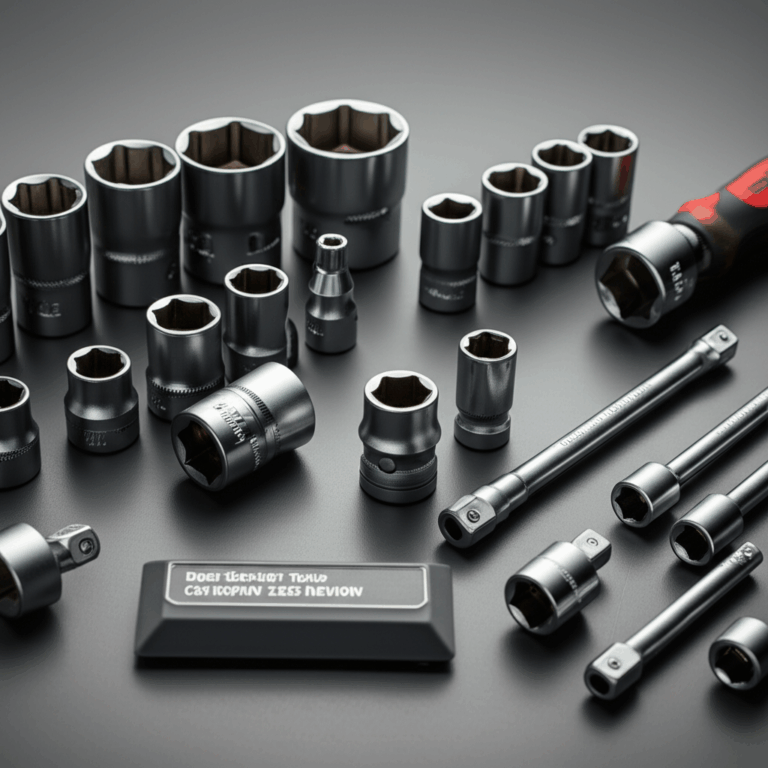Metric and Standard Socket Sizes: Full Chart and Conversion Guide
When working on mechanical or engineering projects, selecting the correct socket size is crucial to avoid damaging fasteners and ensuring efficient repairs. Sockets come in two primary systems: metric (measured in millimeters) and standard (SAE, measured in inches). Each system has its own set of sizes and applications, and navigating between them can be tricky if you’re unfamiliar with the differences. This guide provides a detailed breakdown of metric and standard socket sizes, conversion tips, and best practices to help you choose the right tool for the job. Whether you’re a seasoned mechanic or a DIY enthusiast, understanding these systems will streamline your workflow and prevent costly errors.
Metric vs. Standard (SAE) Sockets
Metric sockets, denoted in millimeters (mm), are widely used in countries outside the United States, particularly in automotive and machinery manufacturing. Standard (SAE) sockets, measured in fractions of an inch, dominate U.S. automotive and industrial applications. The key difference lies in their measurement units and the fastener sizes they accommodate. Metric sizes increase in smaller increments (e.g., 8mm, 9mm, 10mm), while standard sizes jump by eighths or sixteenths of an inch (e.g., 5/16″, 3/8″, 7/16″). Conversions between systems are essential in international settings or when working with mixed equipment to ensure compatibility and precision.
Common Socket Types
Socket types vary based on design and purpose.
6-point sockets
are ideal for high-torque tasks and hardened fasteners, offering a secure grip to prevent rounding. In contrast,
12-point sockets
fit into tighter spaces but may risk damaging softer bolts due to their more frequent contact points.
Deep sockets
have extended wells for reaching fasteners in recessed areas, such as engine blocks, while
shallow sockets
are suited for surface-level use. Lastly,
impact sockets
are built for power tools, with reinforced walls and heat-treated materials, whereas
hand sockets
prioritize precision and comfort for manual tightening and loosening.
Metric Socket Sizes (mm)
Metric sockets typically range from 6mm to 36mm, with smaller increments for precise adjustments. Common sizes in automotive and machinery work include 8mm, 10mm, 12mm, 14mm, 17mm, 19mm, 22mm, and 24mm. For DIY projects, sizes like 6mm, 10mm, and 13mm are frequently used. A visual chart can help you quickly identify the right size, especially when dealing with fasteners that lack clear markings. Always match the socket’s internal size to the fastener’s hex dimensions for a snug fit.
Standard (SAE) Socket Sizes (Inches)
Standard sockets are labeled in fractions (e.g., 3/16″, 1/4″, 5/16″) and commonly span from 3/16″ to 1-1/4″. In U.S. automotive settings, sizes like 3/8″, 7/16″, 1/2″, and 9/16″ are most prevalent for tasks such as tire changes or engine maintenance. Industrial applications often use larger sizes, including 5/8″, 3/4″, and 1″. A visual reference chart is invaluable here, as it simplifies identifying sizes when working with older or unlabeled hardware.
Combined Metric & Standard Socket Size Comparison
Matching metric and standard sizes is essential for cross-system compatibility. For example, 10mm is approximately 3/8″, while 14mm aligns closely with 9/16″. Below is a list of common equivalents:
Distribution Analysis
Option A (33%)
Option B (33%)
Option C (34%)
Distribution chart for Metric and Standard Socket Sizes: Full Chart and Conversion Guide
- 6mm ≈ 1/4″
- 8mm ≈ 5/16″
- 10mm ≈ 3/8″
- 12mm ≈ 7/16″
- 14mm ≈ 9/16″
- 17mm ≈ 11/16″
- 19mm ≈ 3/4″
- 22mm ≈ 7/8″
- 24mm ≈ 15/16″
- 30mm ≈ 1-1/8″
Be cautious of near-miss conversions like 11mm ≈ 7/32″ (0.346″), which is not the same as the commonly mistaken 7/16″ (0.4375″). Always verify before use.
Measuring Fasteners for the Right Socket
To measure bolt or nut size, use a caliper for metric fasteners (measure in millimeters) or a ruler for SAE (measure in fractions). The socket’s internal opening should precisely match the width of the fastener’s hexagonal head. Keep in mind that worn sockets may appear the correct size but fail to grip properly, increasing the risk of stripping the fastener. For accuracy, cross-reference your measurement with a labeled socket or conversion chart.
Using Socket Adapters and Extensions
Socket adapters can bridge the gap between metric and standard systems, but they should only be used when exact equivalents are unavailable. For instance, a 10mm to 3/8″ adapter allows a metric socket to fit on a standard drive system. However, adapters may introduce play, so use them cautiously to avoid damaging fasteners. Extensions, like swivel or telescoping bars, help access hard-to-reach areas. Ensure they are sturdy and compatible with your socket size to maintain control during use.
Quick Conversion Tables
Here are simplified conversion tables for immediate reference:
-
Metric to SAE:
6mm (1/4″), 8mm (5/16″), 10mm (3/8″), 12mm (7/16″), 14mm (9/16″), 17mm (11/16″), 19mm (3/4″)
-
SAE to Metric:
1/4″ (6.35mm), 5/16″ (7.94mm), 3/8″ (9.53mm), 7/16″ (11.11mm), 9/16″ (14.29mm), 3/4″ (19.05mm)
Use these as a starting point, but always confirm with a physical measurement or tool.
Online Tools and Apps for Socket Conversions
Several online tools and apps, such as UnitConverter.org or SocketSizeConverter.com, offer instant metric-to-SAE and vice versa conversions. Enter the size, and they provide the closest equivalent. Some apps even include torque specifications and visual aids for socket types. For field work, download a dedicated app to access the charts offline, ensuring you’re prepared for mixed-system projects without guesswork.
Common Mistakes to Avoid When Using Sockets
- Using an incorrect size, even by 1mm or 1/16″, can strip fasteners or damage tools.
- Forcing a standard socket onto a metric bolt (or vice versa) leads to rounding and potential component failure.
- Ignoring torque requirements may result in over-tightening or under-tightening, compromising safety and performance.
- Overlooking socket wear can lead to slippage. Replace damaged or stretched sockets promptly.
Double-check fastener size and socket markings before applying force. A small investment of time can prevent major repairs.
Conclusion
Choosing the correct socket size is a foundational skill in mechanics and engineering. Whether working with metric or standard systems, understanding their differences, conversions, and measurement techniques ensures efficiency and safety. Always refer to a chart or tool when in doubt, and avoid shortcuts that risk damaging hardware. Bookmark this guide or print the charts for easy access—because the right socket makes all the difference.
FAQ: Metric and Standard Socket Sizes
Why do some sockets fit loosely even if they’re the right size?
Loose fits can result from worn sockets, incorrect hex size due to manufacturing variances, or using a 12-point socket for a 6-point fastener. Regularly inspect sockets for wear and opt for 6-point versions when max torque is needed.
Can I use a standard socket on a metric bolt if the sizes are close?
Even slight mismatches can round off metric bolts, which are designed for precise measurements. For example, using a 3/8″ (9.53mm) socket on a 10mm bolt may seem close, but it risks damaging the fastener. Always prioritize exact size matches.
What’s the difference between a 6-point and 12-point socket?
6-point sockets provide superior grip and torque for hardened fasteners, while 12-point sockets offer flexibility in tight spaces. However, 12-point sockets are more prone to slippage on softer hardware like aluminum or plastic.
How do I know if a socket is metric or standard?
Most sockets are stamped with their size (e.g., “10mm” or “3/8”). If markings are unclear, measure the opening with a caliper or ruler and cross-reference with a conversion chart. Some sets include color-coded handles for metric or SAE identification.
Are there universal sockets that work for both metric and standard sizes?
Adapters and bi-system sockets exist but are not as reliable as dedicated tools. For critical tasks, always use a socket designed for the specific system. Adapters should be a temporary solution, not a replacement for proper equipment.

